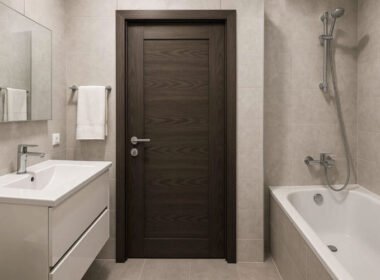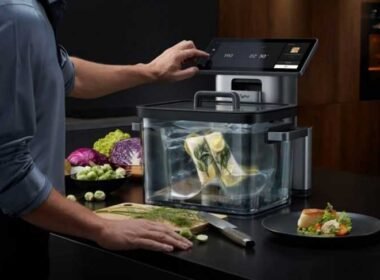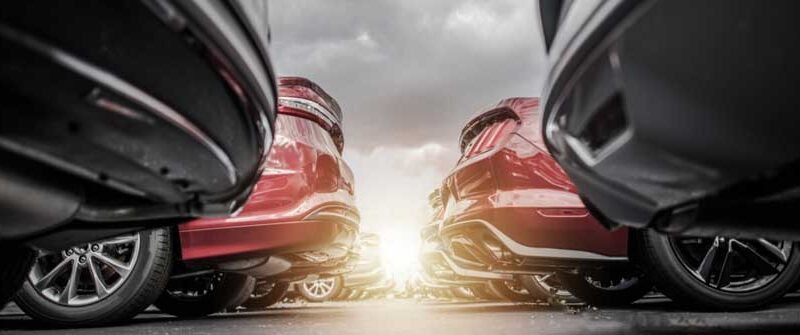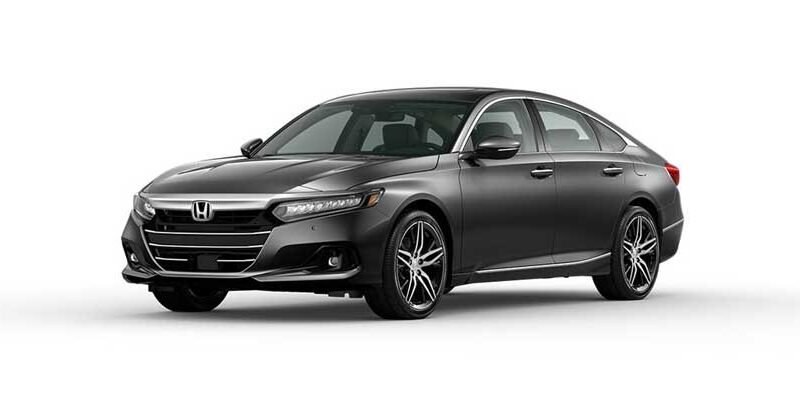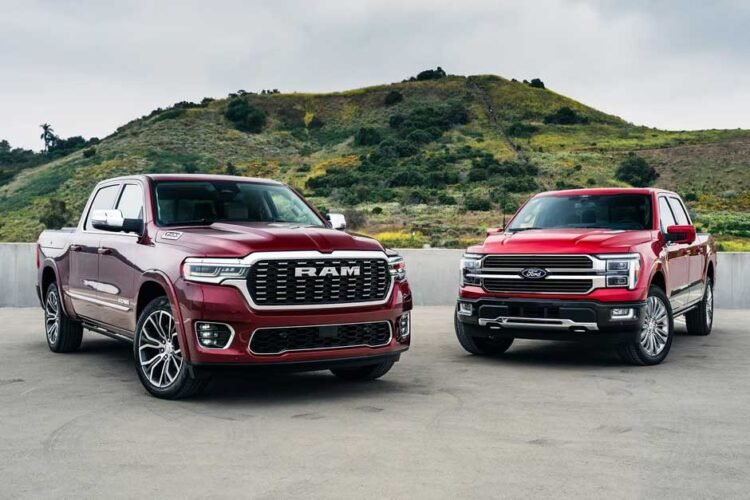When shopping for a reliable vehicle, buyers often face the choice between certified pre-owned (CPO) cars and standard used cars. Each option offers distinct advantages and potential drawbacks, and understanding these differences is crucial for making a smart purchase. If you’re in the market for a vehicle at a car dealership in Queensbury, NY, knowing how certified pre-owned vehicles compare to regular used cars can help you balance price, reliability, and peace of mind.
What Is a Certified Pre-Owned Vehicle?
A certified pre-owned vehicle is a used car that has undergone a rigorous inspection and refurbishment process set by the manufacturer or dealership. These cars typically meet specific age and mileage criteria and are backed by a limited warranty. The certification process usually includes thorough mechanical, safety, and cosmetic inspections, along with any necessary repairs or replacements to bring the vehicle up to factory standards.
CPO vehicles often come with added perks such as extended warranties, roadside assistance, and sometimes special financing offers. The goal is to offer buyers a used car experience that feels close to new, with reduced risk.
Defining Standard Used Cars
Standard used cars, sometimes called “non-certified” or “pre-owned,” are vehicles that dealerships or private sellers offer without the manufacturer-backed certification. These cars may vary widely in condition, history, and maintenance. While some used cars are in excellent shape, others may have hidden issues or be closer to the end of their useful life.
Used cars generally do not come with extended warranties beyond what remains of the original factory coverage, if any. Buyers must rely on vehicle history reports and personal inspections to assess their condition.
Inspection and Quality Assurance Differences
The most significant difference between CPO and standard used cars is the level of inspection and quality assurance. Certified pre-owned cars undergo a detailed multi-point inspection—often 100+ points—covering the engine, transmission, brakes, suspension, electrical systems, and interior and exterior condition.
Any defects or wear beyond set limits are repaired or replaced to meet certification standards. This process aims to minimize surprises and ensure reliability.
Standard used cars may only receive a basic safety inspection required by the dealership or state regulations. The depth of inspection varies widely and may not include all critical systems. Buyers of used cars must often accept greater risk regarding hidden problems.
Warranty Coverage and Peace of Mind
Certified pre-owned vehicles come with manufacturer-backed warranties that extend beyond the original coverage period. These warranties often include powertrain coverage, roadside assistance, and sometimes bumper-to-bumper protection for a limited time or mileage.
This warranty coverage provides peace of mind for buyers, reducing unexpected repair costs and enhancing resale value. Some CPO programs even offer satisfaction guarantees or return policies.
Standard used cars typically have limited or no warranty unless the dealership offers a separate used car warranty or service contract. Buyers of used cars may face higher out-of-pocket expenses if repairs arise shortly after purchase.
Pricing Differences Between CPO and Used Cars
Due to the inspection, refurbishment, and warranty benefits, certified pre-owned vehicles usually command a higher price compared to standard used cars of similar age and mileage. The price premium reflects the added value and reduced risk.
Standard used cars are generally more affordable upfront but can present more variability in condition and maintenance costs. For budget-conscious buyers willing to take on some risk or perform their own due diligence, used cars may offer a lower entry cost.
Vehicle Age and Mileage Restrictions
CPO programs usually limit eligibility based on vehicle age and mileage. Commonly, only cars less than 5-6 years old with under 60,000-80,000 miles qualify. These restrictions help ensure the vehicles remain in good condition and have a long remaining lifespan.
Standard used cars, on the other hand, include a broad range of ages and mileages—from nearly new to much older vehicles with high mileage. This variety means buyers can find options at many price points but also need to be cautious about reliability.
Financing and Incentive Benefits
Many manufacturers and dealerships offer special financing rates and incentives for certified pre-owned vehicles, including low-interest loans and rebates. These incentives are designed to make the higher purchase price more manageable and attractive.
Standard used cars may not qualify for such financing perks, or the available rates might be higher. Financing a CPO vehicle often resembles new car financing, which can be beneficial for buyers with good credit.
Resale Value and Depreciation
Because of their higher quality assurance and warranties, certified pre-owned vehicles generally hold their value better than standard used cars. Buyers can expect a smoother resale process and potentially higher trade-in or resale prices.
Standard used cars tend to depreciate faster and may be harder to sell, especially if maintenance records are incomplete or vehicle history is unclear.
Vehicle History Transparency
Both CPO and many reputable used cars come with vehicle history reports from companies like CARFAX or AutoCheck. However, CPO vehicles often have more transparent and documented histories, as the certification process includes verifying past ownership, accident records, and maintenance.
With standard used cars, the completeness and accuracy of history reports can vary, especially with private sales. Buyers must be diligent in obtaining and reviewing reports to avoid problem vehicles.
Availability and Selection
Certified pre-owned vehicles are typically limited to specific makes and models supported by manufacturer programs, meaning selection may be narrower but focused on newer, well-maintained cars.
Standard used cars offer a much wider selection across all makes, models, years, and price points. This variety allows buyers more freedom to find a vehicle that matches their exact preferences and budget.
Risk and Buyer Confidence
Choosing a certified pre-owned vehicle reduces many risks associated with buying used. The extensive inspection, repairs, warranty, and manufacturer backing build buyer confidence, making CPO an attractive option for those seeking reliability without paying new car prices.
Standard used cars carry more uncertainty. While many are perfectly fine, some buyers face costly repairs or hidden defects. The responsibility for thorough inspections and assessments largely falls on the buyer.
When to Choose a Certified Pre-Owned Vehicle
CPO vehicles are ideal for buyers who want peace of mind, extended warranties, and a near-new car experience but prefer to save money compared to new car pricing. They are well suited for those who value manufacturer guarantees, low maintenance risk, and easier financing.
If you prioritize reliability and want to avoid potential hassles after purchase, certified pre-owned cars are an excellent investment.
When a Standard Used Car Makes Sense
Standard used cars can be a better fit for buyers on a tight budget, those comfortable with vehicle inspections, or buyers seeking older or rare models not available through CPO programs. If you have mechanical knowledge or access to trusted mechanics, you can minimize risk.
Also, if you’re looking for a project car or a short-term vehicle, standard used cars offer flexibility at lower initial costs.
Conclusion
Deciding between certified pre-owned and standard used cars depends on your priorities, budget, and tolerance for risk. Certified pre-owned vehicles offer enhanced quality assurance, warranties, and financing incentives, providing a more secure and hassle-free buying experience. Standard used cars, while more affordable upfront, require careful evaluation and carry more uncertainty. Whether you choose a CPO vehicle for confidence or a standard used car for value, thorough research and inspection are key to finding the right match for your driving needs.

